"Tangerine Trees and Marmalade Skies"
Observe the Observer
It was an uncharacteristically warm, November day when I ventured out to my sit-spot and I didn’t go alone. I brought my baby girl Toluna with me! She needed some exercise and I was curious where her stronger sense of smell might lead us both.
A lot has changed since September. There are no more bees or wasps and the leaves that once covered the trees now cover the ground. Toluna and I saw a squirrel running up and down trees taking advantage of the agreeable weather to prepare for Winter. The sound of walnut casings cracking underfoot mix with the sound of birds and dogs in the distance. I lament the temporary loss of the Goldenrod and Chicory, but the new growths on the tree stump make up for that!
There is a new grouping of fungus at the base of the tree stump. They are rounded and a golden-brown colour. They remind me of tiny dinner rolls! There is also an odd white spot near the top. It looks a bit like white paint. Have you seen something like this before?

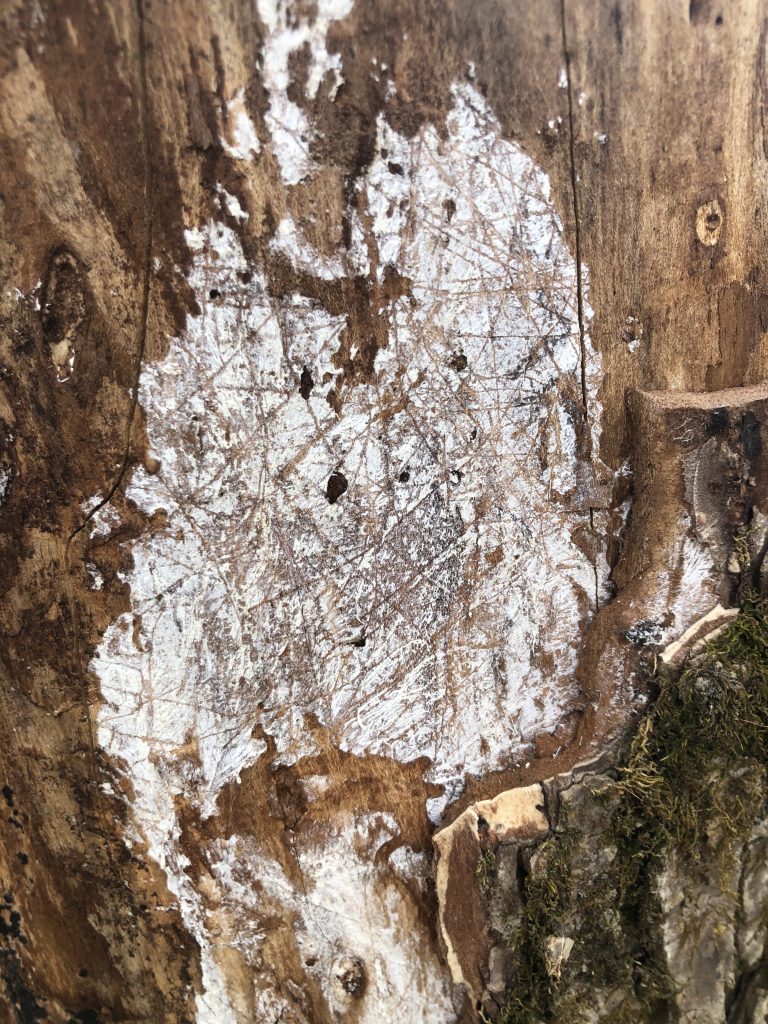
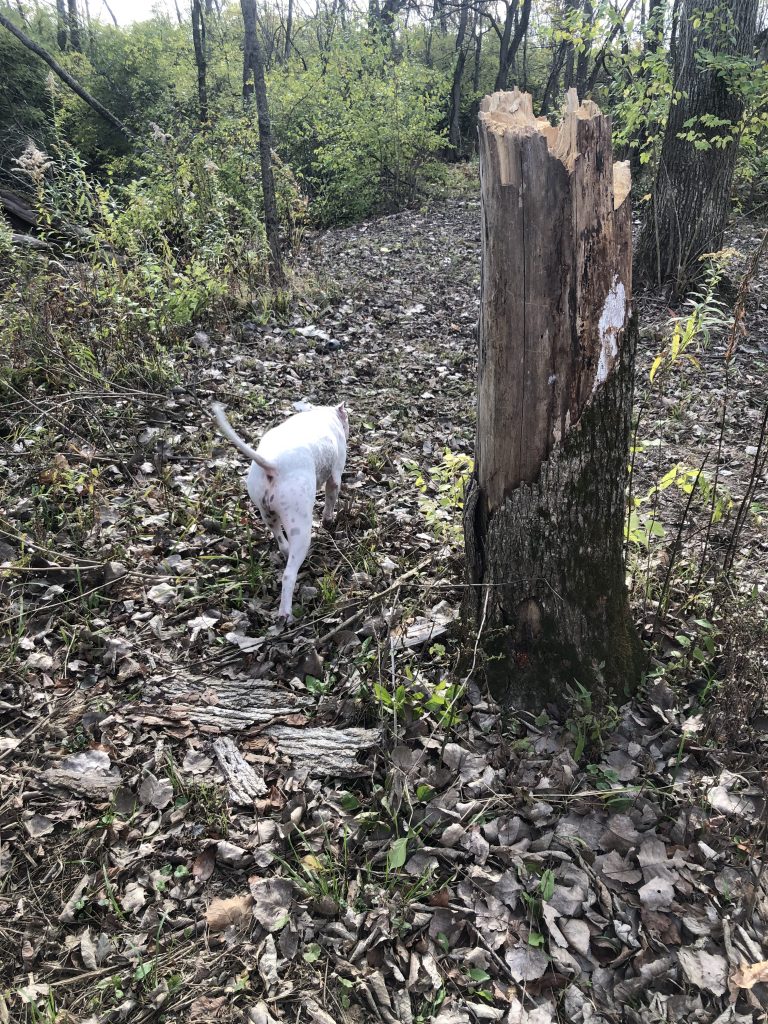
Head In the Clouds
I have not studied clouds since elementary school. In the fourth grade, there was an entire unit on weather and how tornadoes and hurricanes are formed. I remember having to pretend to be a newscaster with a group of other kids. When I was staring up at the slate gray sky I struggled to remember all the names of the clouds. So how about a refresher course!
We know that clouds are made up of small, gaseous water particles known as “water vapor”. That water vapor leaves the body of water it was a part of and enters the atmosphere. Depending on the conditions of the atmosphere, more or less water vapor can be held. If the atmosphere is warmer and the pressure is higher, then more water vapor can be held. At this point there are still no clouds, but when the temperature drops the water vapor condenses with the help of particles in the air. Now! We have clouds!
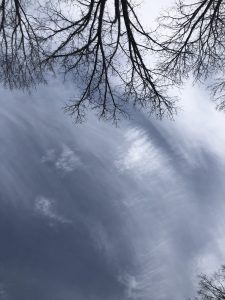
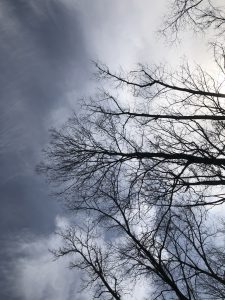
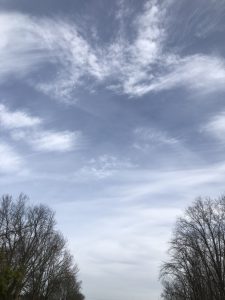
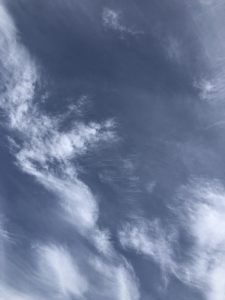
There are several different types of clouds and their classification is based on how they look and at what height they occur at. The clouds I saw were white and wispy like stretched out cotton balls with some ripples every so often. I believe what I saw was a mix of cirrus and cirrocumulus clouds! These clouds mean that the weather is fair, but cold and that a change in weather is on the way. Seems like winter is on its way!
Cirrus and cirrocumulus clouds are considered “high clouds” and they form at 16,500-45,000 feet. If you live in a tropical climate, cirrocumulus clouds are actually a sign that a hurricane could be approaching!
The House Is On Fire... So Act Like It
I have been coming to my sit-pot for years. In the spring and summer, I collect edible plants and, in the fall, I like to sit and read or draw. This spot is special to me. It is an escape from my noisy and sometimes chaotic household. That is why it frustrates me to see so much trash littered about. I decided that if I want to keep enjoying this area, then I need to put in some work and give back.
Toxic chemicals in the litter that people toss out their car windows or leave in the woods doesn’t just disappear. Those harmful substances make their way into crucial habitats and waterways. Roughly 7 billion tons of trash ends up in the world’s oceans every year. There, it can be mistaken for food and eaten by aquatic animals that will eventually starve to death.
Plastic trash poses the greatest threat. It takes years for it to break down and as it does it releases harmful chemicals. PBT (persistent, bioaccumulative, and toxic) substances are resistant to degradation and will biomagnify within the food chain. For example, pregnant women are advised not to consume seafood while pregnant. This is because larger fish that we typically eat have the highest amounts of mercury due to biomagnification. You cannot simply wash the fish and the mercury will go away. That fish consumed another fish that consumed another fish that consumed a bottom feeder who was feeding in an environment with mercury. The saying is “you are what you eat” and it’s true. The mercury is now embedded in the flesh of that fish. The same thing can happen for other chemicals and heavy metals.
The threat littering poses to humans isn’t just indirect. In 1988, the beaches in New York and New Jersey had to close due to all the medical waste that was washing up on shores. Used Hypodermic needles (ew) were washing up the shore and posed the risk of transferring disease or causing infection when accidentally stepped on. The closure ended up costing the two states somewhere in the ballpark of $3 billion due to the closure. In addition, old fishing lines can capture more than marine life. People and propellers can also get tangled leaving people in a dangerous situation.
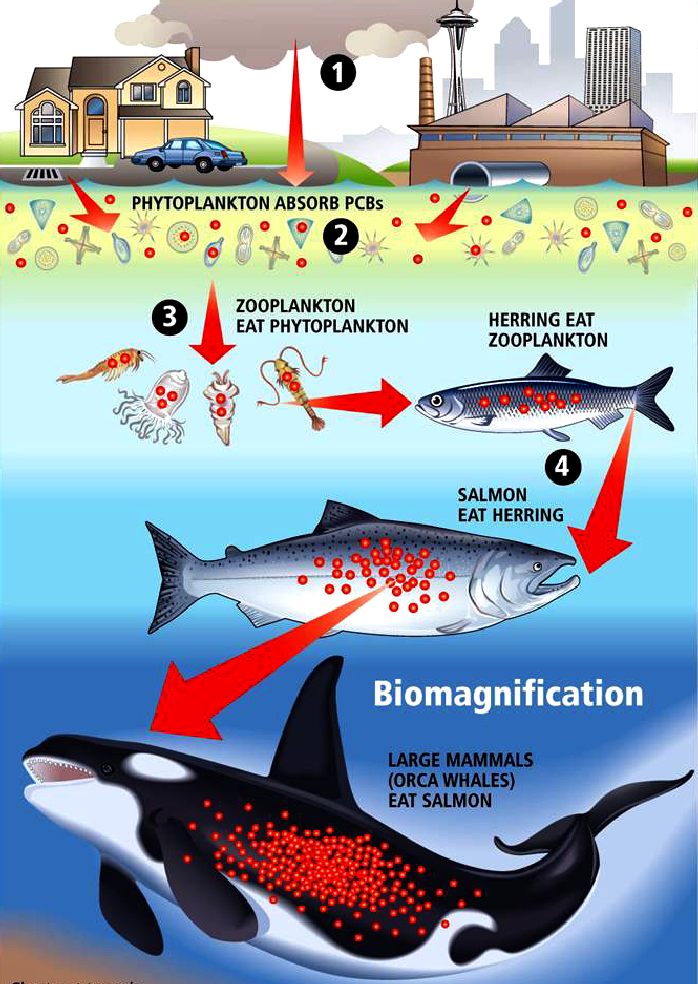
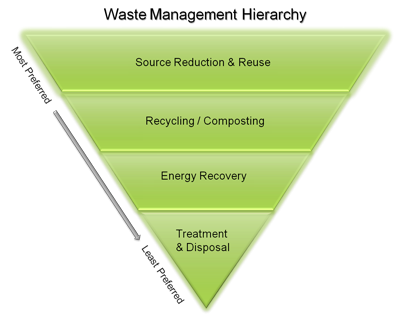
Many people wonder “what’s the point? The trash goes to a landfill and pollutes the earth there.” Okay, 1) stop being a Debbie Downer 2) landfills are engineered to prevent as much pollution as possible. Landfills cannot be built in environmentally sensitive areas and they are highly monitored. The groundwater and surrounding waterways are also monitored for increases in pollution. There are different types of landfills, too, depending on how hazardous the materials are being dumped there.
However, it is still necessary for people to be more conscious about how much and what kind of waste they produce. Thousands of people are carrying around reusable water bottles and turning down straws at restaurants to help save the turtles. Let’s keep that same energy in other aspects of our life.
The EPA, Environmental Protection Agency, encourages people to refer to the Waste Management Hierarchy. The most preferred level of this hierarchy is the Source Reduction and Reuse Level. This means cutting back on the consumption of plastic, unrenewable resources, and fast fashion. We can do our part by carpooling, donating gently used items, thrifting whenever possible, and using plastic alternatives or steering clear of single-use plastic items. Hollins Moody Center not only saves money by using metal and ceramic utensils but also cuts down on plastic waste. Of course, we cannot always avoid using plastic. Therefore, it’s good to make an effort to recycle plastic items.
Recycling is a business (ah, capitalism). The market for recycled plastics does fluctuate with demand. However, plastic lasts for a long time and can be stored while waiting to be sold. Having plastics in a storage facility somewhere is a lot better than it being in the ocean or taking up more space in a landfill. There has also been a recent discovery of a bacteria capable of breaking down plastic (THIS IS SO COOL I CAN’T BELIEVE IT).
Back in 2016, Japanese researchers found a bacteria that had evolved at a waste dump to eat polyethylene terephthalate, polyester. While researching the bacteria, scientists accidentally mutated it and now it can break down plastic in a matter of days compared to the centuries it would typically take. This, of course, doesn’t solve all of our problems. We would have to manually remove the plastic from the ocean in order to use the bacteria to break it down. If 7 billion tons end up in the oceans every year and we have been using plastic for several years, well, that’s going to take a while.
References
CENN. (2011). Reasons, Consequences and Possible Solutions of Littering – Caucasus Environmental Knowledge Portal. Caucasus Environmental Knowledge Portal. http://environment.cenn.org/waste-management/publications/reasons-consequences-possible-solutions-littering/
City of Georgetown, Texas. (2020). Recycling: How Does It Work? – Solid Waste and Recycling Services. Georgetown.org. https://recycle.georgetown.org/georgetown-resource-recovery-and-solid-waste-services/faq/recycling-how-does-it-work/
Cleaner Oceans Foundation. (n.d.). BIOMAGNIFICATION BIO ACCUMULATION CONCENTRATION. Www.Blue-Growth.org. https://www.blue-growth.org/Plastics_Waste_Toxins_Pollution/Biomagnification_Bio_Accumulation.htm
Minnesota Pollution Control Agency. (2010, January 21). Reducing waste. Minnesota Pollution Control Agency. https://www.pca.state.mn.us/quick-links/reducing-waste
NASA’s Jet Propulsion Laboratory, & California Institute of Technology. (2019). How Do Clouds Form? NASA Climate Kids. https://climatekids.nasa.gov/cloud-formation/
The Nature Conservancy. (2018). Eight Ways to Reduce Waste. Nature.org. https://www.nature.org/en-us/about-us/where-we-work/united-states/delaware/stories-in-delaware/delaware-eight-ways-to-reduce-waste/
Treviño, J. (2018, April 25). This “Mutant Enzyme” Breaks Down Plastic. Smithsonian; Smithsonian.com. https://www.smithsonianmag.com/smart-news/scientists-accidentally-create-mutant-enzyme-can-break-down-plastic-180968881/
Types of Clouds | NOAA SciJinks – All About Weather. (2016). Scijinks.Gov. https://scijinks.gov/clouds/
US EPA,OLEM. (2015, September 11). Sustainable Materials Management: Non-Hazardous Materials and Waste Management Hierarchy | US EPA. US EPA. https://www.epa.gov/smm/sustainable-materials-management-non-hazardous-materials-and-waste-management-hierarchy
US EPA,OW. (2019, March 7). Impacts of Mismanaged Trash | US EPA. US EPA. https://www.epa.gov/trash-free-waters/impacts-mismanaged-trash


I just noticed when reviewing my videos for this blog that it looks like I am holding my mouth weird. I’m not in pain or uncomfortable! Part of my face was temporarily paralyzed and some of my muscle still overcompensate, sorry!
This is great! I love the work you put into this 🙂
AMazing blog Kyra! Thanks for the effort you put into it and thanks for cleaning it up!!!! you are going to have a great time doing the final exam!